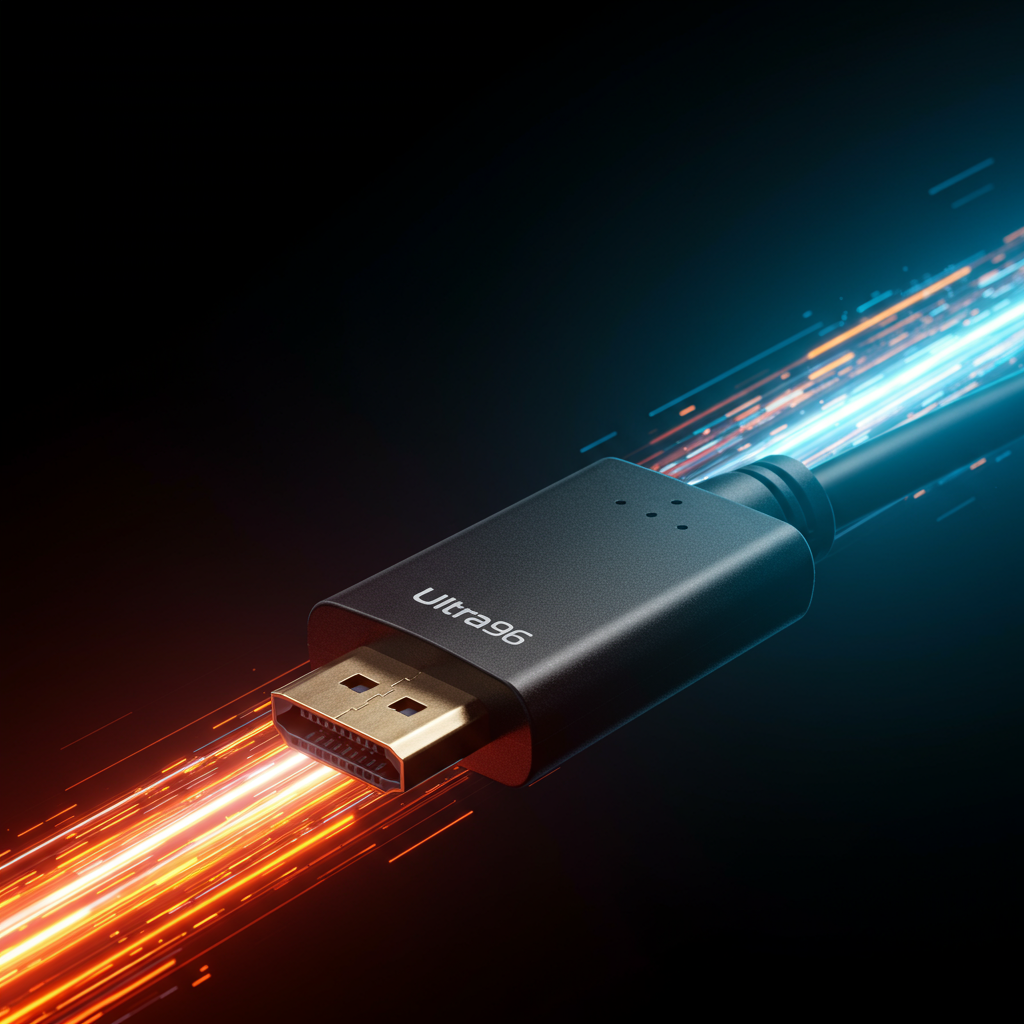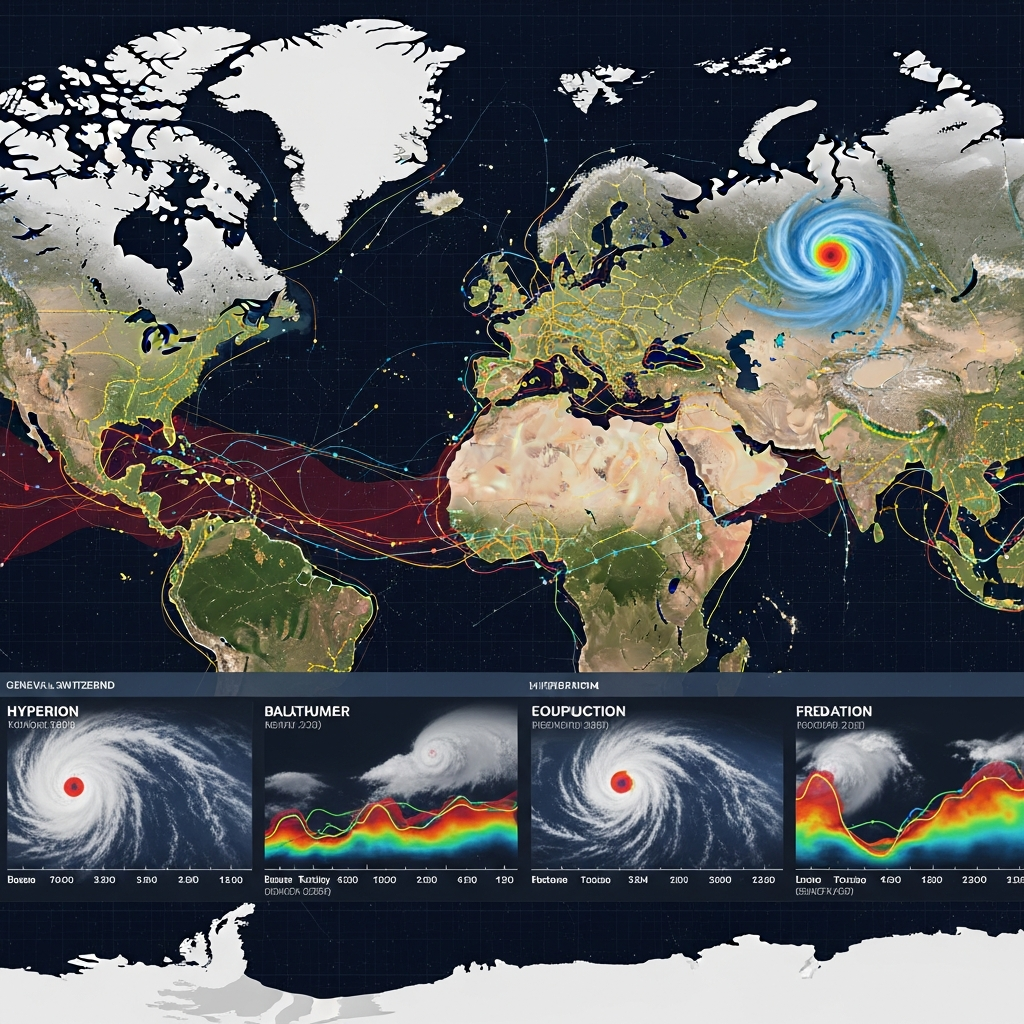The world of display technology is constantly pushing boundaries, and connectivity standards need to keep pace. The HDMI Forum has officially released its latest specification, HDMI 2.2, introducing a significant leap forward under the new “Ultra96” certification. This update dramatically increases the available bandwidth, laying the groundwork for the next generation of ultra-high-resolution and high-refresh-rate displays, as well as demanding immersive applications.
The Bandwidth Breakthrough: 96 Gbps Unleashed
The most impactful feature of HDMI 2.2 Ultra96 is its incredible bandwidth. Doubling the capacity of the previous HDMI 2.1 standard (which offered 48 Gbps), HDMI 2.2 boasts a staggering 96 Gbps. This isn’t just a numerical upgrade; it means the interface can transmit nearly uncompressed data much faster and with greater detail than ever before.
This massive bandwidth comfortably surpasses the 80 Gbps limit of the competing DisplayPort 2.1 standard (specifically the UHBR20 rate). The increased capacity is crucial for supporting higher color bit depths and full 4:4:4 chroma sampling even at the most extreme resolutions and refresh rates, delivering exceptionally accurate and detailed images.
Beyond Just Speed: Latency and Features
While bandwidth is the headline, HDMI 2.2 also brings other refinements. It incorporates a new Latency Indication Protocol (LIP), designed to improve audio and video synchronization. This is particularly beneficial in complex system configurations involving multiple components like AV receivers or soundbars, helping to ensure that on-screen action aligns perfectly with the audio, especially for dialogue.
Unlocking Future Visuals: Resolutions and Refresh Rates
So, what does 96 Gbps of bandwidth enable? HDMI 2.2 makes support for groundbreaking display configurations possible, including:
4K resolution at incredibly high refresh rates, potentially up to 480Hz.
8K resolution at up to 240Hz.
10K resolution at up to 120Hz.
Even laying the technical groundwork for 16K resolution at 60Hz, though this is likely years away from mainstream consumer displays.
While monitors and TVs capable of these peak specifications are not yet widely available, the bandwidth is immediately valuable for demanding data-intensive applications. This includes immersive technologies like AR/VR/MR (Augmented, Virtual, and Mixed Reality), spatial reality displays, medical imaging, machine vision, and large-scale digital signage. It also anticipates the needs of future consumer display types, such as massive MicroLED TVs.
The Critical Ultra96 Certification: Cables Matter
To ensure you actually get that full 96 Gbps performance, the HDMI Forum has introduced a strict certification process under the “Ultra96” designation. It’s not enough for a cable to simply be branded “HDMI 2.2”; it must carry the specific “Ultra96” certification label.
These cables are part of the Ultra Cable Certification Program and undergo rigorous testing for every specific model and length. Certified Ultra96 HDMI Cables require explicit on-cable identification printing, anti-counterfeiting labels on their packaging, and prominently feature the “Ultra96” name. This certification process provides consumer assurance that the cable meets the demanding performance requirements, effectively doubling the capacity of the previous Ultra High Speed HDMI Cable type.
Backward Compatibility for Existing Setups
Good news for existing setups: HDMI 2.2 Ultra96 cables are designed with backward compatibility in mind. You can connect these new cables to devices and displays featuring older HDMI ports (including HDMI 2.1 and earlier generations). However, the maximum speed and features will be limited by the capabilities of the older hardware, not the full 96 Gbps offered by the Ultra96 cable.
Adoption and What to Expect
While the HDMI 2.2 specification has been released to manufacturers, its widespread adoption in consumer electronics will take time. Based on the rollout of previous HDMI standards, compatible monitors, TVs, and graphics cards are not expected to become common until potentially late 2025 or even 2026.
Early adopters of HDMI 2.2 may include high-end PC graphics cards (like AMD’s next-gen Radeon GPUs, which might initially support bandwidths slightly below the maximum 96 Gbps) and potentially future console generations.
For most users today, the current HDMI 2.1 standard remains perfectly sufficient for high-resolution, high-refresh-rate gaming and media playback. HDMI 2.2 is primarily targeted at enthusiasts, professional use cases like VR/MR, and state-of-the-art displays capable of pushing boundaries far beyond typical consumer needs. However, purchasing certified Ultra96 cables when they become available can be a smart move to future-proof your home entertainment setup.
In summary, HDMI 2.2 Ultra96 represents a major technical leap, providing the bandwidth required to support the next frontier in display resolution, refresh rates, and immersive experiences, even if the hardware ecosystem will take some time to catch up.




